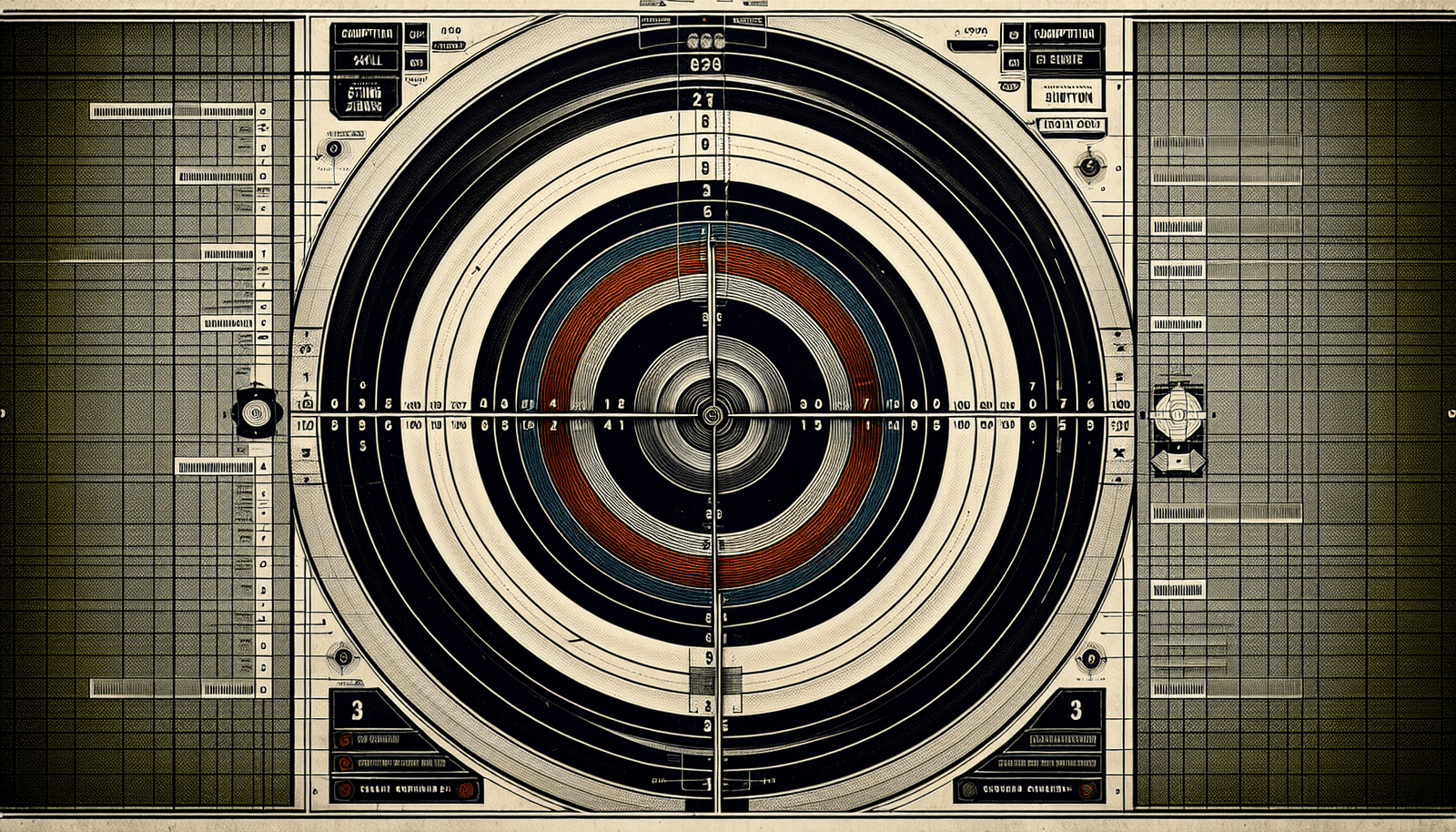In the realm of shooting competitions, it is essential to have a clear understanding of the various divisions and classifications that exist within the sport. Each division and classification serves a specific purpose in ensuring fair and competitive gameplay. By familiarizing yourself with these categories, you can better navigate the world of shooting competitions and improve your performance on the range. This article will provide you with a comprehensive overview of the different divisions and classifications in shooting competitions, allowing you to approach your next competition with confidence and knowledge.
Have you ever wondered about the different divisions and classifications in shooting competitions?
Shooting competitions can be a fun and exciting way to showcase your skills and compete against others. However, the world of shooting sports can be quite complex, with various divisions and classifications that can be confusing to newcomers. In this article, we will break down the different categories in shooting competitions to help you better understand where you fit in and how to excel in your chosen discipline.

Understanding Divisions in Shooting Competitions
In shooting competitions, divisions are used to group competitors based on factors such as equipment, skill level, and age. By competing within a division, shooters can ensure a level playing field and compete against others with similar capabilities. Divisions can vary depending on the type of shooting sport, so it’s essential to understand the specific rules and requirements for each category.
Common Divisions in Shooting Competitions
Here are some of the common divisions you may encounter in shooting competitions:
| Division | Description |
|---|---|
| Open Division | Shooters are allowed to use any firearm modifications and equipment, including red dot sights and compensators. |
| Production Division | Limited to using stock firearms with minimal modifications, typically iron sights and standard ammunition. |
| Limited Division | Strict equipment requirements, including no compensators or red dot sights, focusing on accuracy and precision. |
| Revolver Division | Limited to using revolvers instead of semi-automatic pistols, emphasizing marksmanship and skill with this type of firearm. |
Choosing the Right Division for You
When selecting a division to compete in, consider factors such as your skill level, equipment preferences, and goals in the sport. Novice shooters may benefit from starting in a Production or Limited division to build their skills gradually before moving up to more competitive categories like Open or Revolver. Experienced shooters looking for a challenge may prefer divisions with stricter equipment limitations to test their marksmanship abilities.
Understanding Classifications in Shooting Competitions
In addition to divisions, shooting competitions also use classifications to further group competitors based on skill level. Classifications are typically determined by a shooter’s performance in matches and can fluctuate as their skills improve over time. By participating in matches and earning classification scores, shooters can track their progress and challenge themselves to reach higher levels of proficiency.

Common Classifications in Shooting Competitions
Here are some of the common classifications you may encounter in shooting competitions:
| Classification | Description |
|---|---|
| Marksman | Entry-level classification for shooters with basic skills and knowledge of firearm safety practices. |
| Sharpshooter | Intermediate classification for shooters with improved marksmanship abilities and experience in competitive shooting. |
| Expert | Advanced classification for shooters who have mastered the fundamentals of shooting and consistently perform at a high level. |
| Master | Elite classification for top-tier shooters who demonstrate exceptional skill, precision, and consistency in competitions. |
Advancing Your Classification
To advance through classifications in shooting competitions, shooters must participate in matches and achieve specific scores corresponding to each level. By consistently practicing, refining their techniques, and receiving feedback from experienced competitors, shooters can improve their performance and move up the ranks. Setting goals, attending training sessions, and seeking mentorship from seasoned shooters can also help individuals progress to higher classifications.
The Relationship Between Divisions and Classifications
Divisions and classifications in shooting competitions often go hand in hand, as competitors are typically grouped within divisions based on their classification levels. Shooters with similar skill levels and experience may compete against each other within the same division, providing a fair and competitive environment for all participants. By understanding how divisions and classifications intersect, shooters can strategically choose their categories and set realistic goals for improvement.
Tips for Success in Shooting Competitions
Whether you’re a novice shooter just starting in the sport or an experienced competitor aiming for the top, here are some tips to help you succeed in shooting competitions:
- Practice regularly: Consistent training and practice sessions can help you build muscle memory, improve your accuracy, and refine your shooting techniques.
- Seek feedback: Don’t be afraid to ask for advice and feedback from experienced shooters or coaches to identify areas for improvement and refine your skills.
- Set realistic goals: Establish achievable goals for yourself in terms of classifications, match performance, and skill development to track your progress and stay motivated.
- Stay focused and positive: Maintaining a positive mindset, staying focused during matches, and learning from mistakes can make a significant difference in your overall performance.
- Network and learn: Engage with other shooters, attend competitions, and participate in training sessions to expand your knowledge, gain new insights, and improve your skills.
By following these tips and dedicating yourself to practice, learning, and growth, you can enhance your performance in shooting competitions and enjoy a rewarding and fulfilling experience in the world of competitive shooting.
Conclusion
Shooting competitions offer a unique and challenging opportunity for individuals to showcase their marksmanship skills, compete against others, and continuously improve their abilities in a competitive setting. By understanding the different divisions and classifications in shooting sports, shooters can select the right categories, set achievable goals, and track their progress as they advance through the ranks. Whether you’re a beginner or a seasoned competitor, there is always room for growth, learning, and success in the exciting world of shooting competitions.

